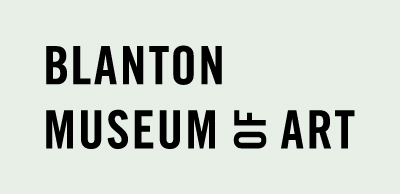Classical Landscape from Claude to Corot
Saturday, March 21, 2009 - Sunday, July 5, 2009
The ideal representation of nature is one of the great traditions of Western art. Its origins lie in sixteenth‐century Venice, in the paintings of Giorgione and Titian as well as the graphic works of Domenico Campagnola, where landscape is rendered with a sensuousness and harmony evoking the pastoral poetry of ancient Greece. Around 1600, as part of his revolutionary style of painting, Annibale Carracci fortified both the naturalism and structure of such landscapes, making them thoroughly convincing the eye yet equally satisfying to the intellect. Carracci’s pupil Grimaldi made a career of landscape painting and etching in this new style. It was, however, two French painters in Rome, Nicolas Poussin and Claude Lorrain, who bound this interpretation of landscape to the heroic subjects of ancient myth and history, giving classical landscape its definitive form. As exquisite as his paintings, Claude’s etchings inspired countless printmakers, including Both and Onofri. During the same period in Holland, artists were cultivating a much less orderly and lofty approach to their surroundings. During the eighteenth century the two traditions often intermingled; the landscapes of Venetians like Marco Ricci and Zilotti and Frenchmen like Manglard and Vernet variously combine the devices of classical landscape with the realism of the Dutch. Later, these tendencies hardened into distinct camps. While Claude was worshipped by academics, above all English artists like Wilson, Woollett, and the young Turner, the Dutch were embraced by the Romantics. The “correct” forms of the classical tradition lived on in the work of a few major figures, like the resolute Corot, many artists celebrating the American landscape––Woisceske is a late example––and most Sunday‐afternoon painters. The tradition’s essential proposition, of the beauty and transcendent meaning of an idealized nature, carried much further, through Cézanne toward nonrepresentational art.

